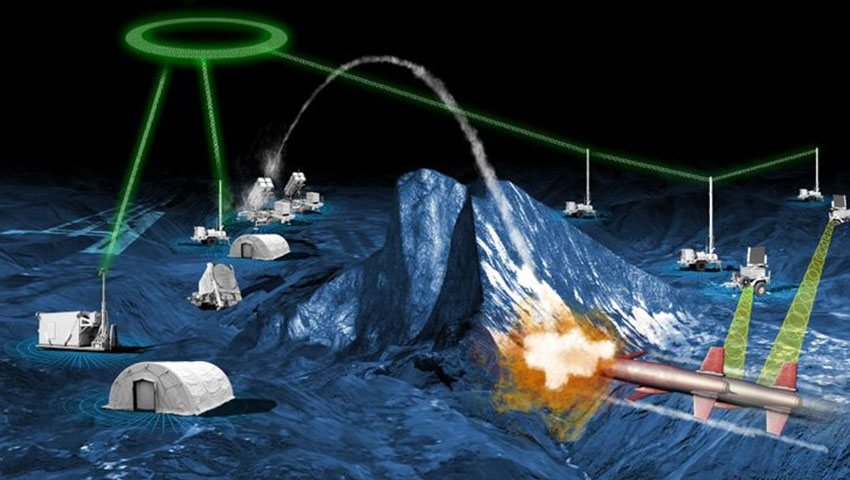The US Department of the Air Force has selected 15 additional companies to compete to develop new capabilities for the Advanced Battle Management System’s (ABMS) second onramp.
To continue reading the rest of this article, please log in.
Create free account to get unlimited news articles and more!
The most recent selections – the fourth round announced in as many months – support an ABMS acquisition strategy that spurs competition from a variety of traditional defence as well as commercial-focused sources and streamlines the contracting process to produce capability in roughly four month sprints.
These indefinite delivery/indefinite quantity (IDIQ) contracts provide each vendor the opportunity to receive anywhere from US$1,000 to US$950 million total over the next five years for work in up to seven different ABMS product categories.
Dr William Roper, Assistant Secretary of the Air Force for Acquisition, Technology and Logistics, said, “This onramp demonstrates ABMS’ ability to develop and deploy capabilities we need on incredibly short timelines in challenging warfighting scenarios.
“Onboarding new companies provides a continuous stream of innovation needed to make the military internet of things a reality for the Joint Force.”
Joint onramps are the primary mechanisms to experiment, demonstrate, test and evaluate new ABMS capabilities.
Based on real test data and warfighter feedback, these capabilities can be advanced, modified, discarded or, if requested by combatant commanders, put immediately into operational use.
In the latest onramp beginning 31 August, operators used ABMS-provided capabilities to detect and defeat attacks on US operations in space in addition to countering attempted cruise missile strikes against the homeland. The next onramp, occurring this month, will support US Indo-Pacific Command, the first ABMS exercise focused on a geographic theatre outside the US.
Preston Dunlap, chief architect of the Department of the Air Force, added, “The latest ABMS onramp propelled the military into the digital age. This new dawn is both a call to action – that we must develop and deliver at digital speed in this era of great power competition – and a call to partner.
“It sends a clear signal to America’s treasured technological innovation base that the Air Force and Space Force are open for business, and I’m excited to see that more companies continue to answer that call.”
The companies added to the ID/IQ in this round include: Amazon Web Services; Anduril Industries; Colorado Engineering; Edgy Bees; Environmental Systems Research Institute; Global C2 Integration Technologies; General Atomics Aeronautical Systems; Grey Wolf Aerospace; Kratos Technology & Training Solutions; LinQuest Corporation; Oddball; Red River Technology; SES Government Solutions; Venator Solutions; and VivSoft Technologies.
ABMS will build the internet of things for the military in partnership with all the services across the Department of Defence.
When fully realised, JADC2 will allow US forces from all services — as well as allies — to receive, fuse and act upon a vast array of data and information in all domains at the “speed of relevance”.

 Login
Login







